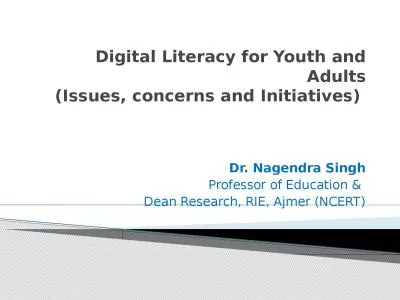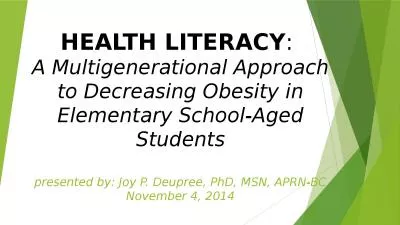PPT-Developing Effective Community Health Education Outreach Programs for Adults with Low
Author : tatiana-dople | Published Date : 2020-01-18
Developing Effective Community Health Education Outreach Programs for Adults with Low Health Literacy Khaliah Fleming MPHCHES Venessa Rivera Colon MEd CCHW Tampa
Presentation Embed Code
Download Presentation
Download Presentation The PPT/PDF document "Developing Effective Community Health Ed..." is the property of its rightful owner. Permission is granted to download and print the materials on this website for personal, non-commercial use only, and to display it on your personal computer provided you do not modify the materials and that you retain all copyright notices contained in the materials. By downloading content from our website, you accept the terms of this agreement.
Developing Effective Community Health Education Outreach Programs for Adults with Low: Transcript
Download Rules Of Document
"Developing Effective Community Health Education Outreach Programs for Adults with Low"The content belongs to its owner. You may download and print it for personal use, without modification, and keep all copyright notices. By downloading, you agree to these terms.
Related Documents

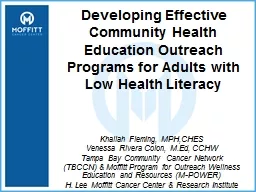

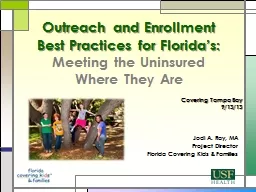
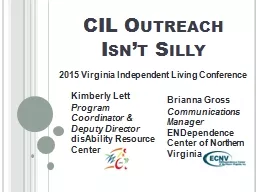
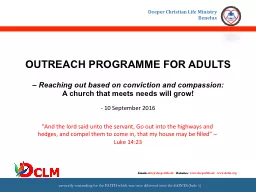
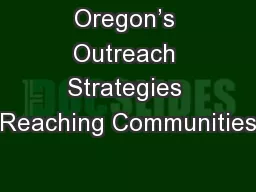
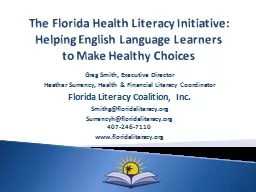

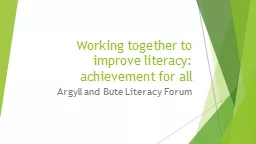
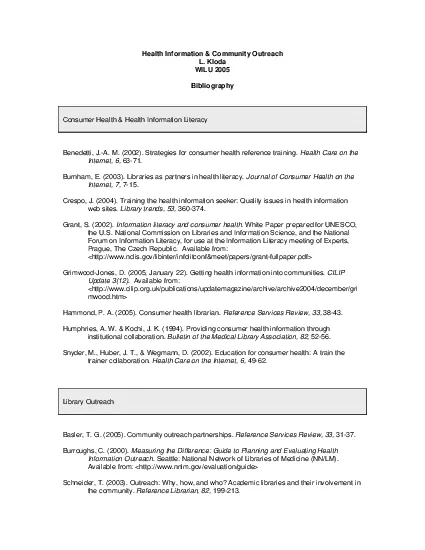
![[READ] Low Carb: Low Carb Weight Loss Secrets Box Set (Dash Diet, Slow Cooker Meals, Low](https://thumbs.docslides.com/881235/read-low-carb-low-carb-weight-loss-secrets-box-set-dash-diet-slow-cooker-meals-low-carb-cookbook-low-carb-recipes-low-car.jpg)
